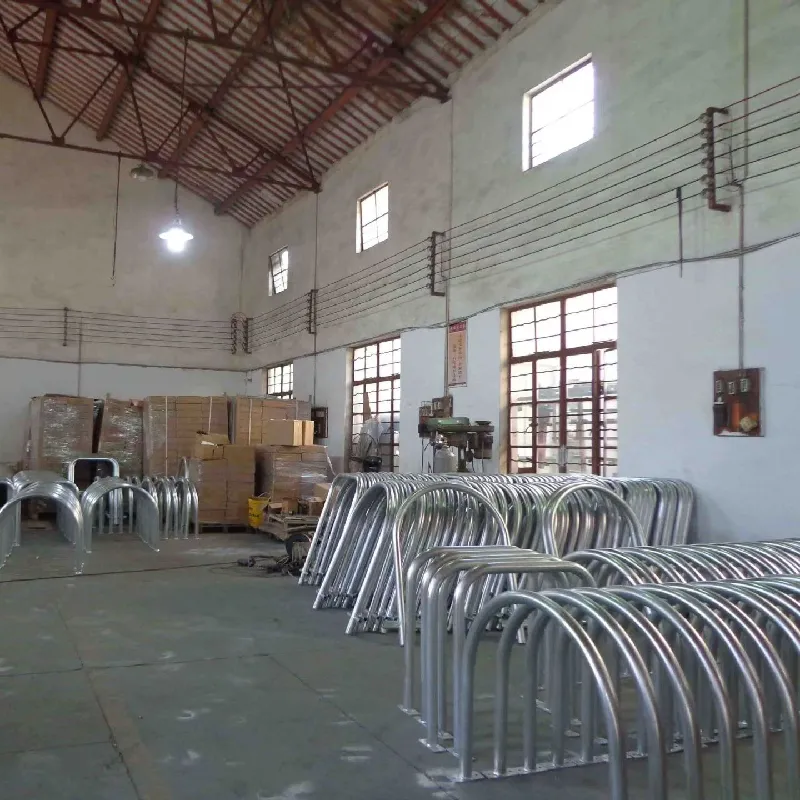why is manhole cover round
Why is a Manhole Cover Round?
Manhole covers are a ubiquitous feature of urban infrastructure, yet their design is often taken for granted. One of the most interesting aspects of manhole covers is their shape they are predominantly round. This design choice is not arbitrary; there are several practical and historical reasons behind it.
First and foremost, the round shape of a manhole cover is fundamentally functional. A round cover can never fall through its circular opening, regardless of how it is positioned. This is because the diameter of the cover is constant in all directions, meaning any movement or tilting does not create a situation where the cover could slip through like it could if it were square or rectangular. Other shapes, such as squares or rectangles, could be realigned in such a way that one of their corners could fit through the opening, posing serious safety risks. Round manhole covers eliminate this possibility, making them safer for pedestrians and vehicles.
Why is a Manhole Cover Round?
The round shape also plays an important role in distribution of stress. Manhole covers are subjected to heavy loads from traffic passing overhead, and the circular design helps distribute this weight evenly across the entire surface of the cover. This reduces the risk of cracking or breaking under pressure, which can lead to costly repairs and safety hazards. The round shape helps cover withstand varying levels of pressure from all directions, ensuring durability and longevity—a crucial factor in urban settings where manholes are frequently exposed to heavy vehicles.
why is manhole cover round

From a historical perspective, the round shape of manhole covers can also be traced back to ancient civilizations. Early engineers and workers discovered that circular covers were easier to manage and utilized well the materials available at the time. The association of circular shapes with strength and stability has persisted through the centuries, further solidifying the design choice in contemporary urban planning.
Another intriguing aspect to consider is that round manhole covers create a seamless experience for pedestrians and cyclists. The smooth, circular contours allow for easier navigation over them compared to edges. When a cover is flush with the street, it presents a minimal hazard, which can be particularly beneficial in busy urban areas where speed and safety are paramount.
There are, of course, exceptions to the rule. Some cities may employ square or rectangular manhole covers, often for aesthetic reasons or to fit into traditional designs of older urban areas. However, even in these cases, manufacturers frequently ensure that the opening itself is round to maintain safety standards. Cities that have opted for non-circular shapes typically grapple with the complexities that arise from alignment and the risk of covers potentially falling through openings.
In conclusion, the decision to use round manhole covers is rooted in a variety of practical considerations. From safety and efficiency to the distribution of wear and tear, circular covers provide a robust solution to a fundamental urban infrastructure component. The next time you encounter a manhole cover in the streets, take a moment to appreciate the thoughtful design that ensures safety and functionality, all wrapped up in a simple yet effective shape. The humble manhole cover is a testament to the adage that sometimes the simplest solutions are indeed the best.
-
The Smarter Choice for Pedestrian AreasNewsJun.30,2025
-
The Gold Standard in Round Drain CoversNewsJun.30,2025
-
The Gold Standard in Manhole Cover SystemsNewsJun.30,2025
-
Superior Drainage Solutions with Premium Gully GratesNewsJun.30,2025
-
Superior Drainage Solutions for Global InfrastructureNewsJun.30,2025
-
Square Manhole Solutions for Modern InfrastructureNewsJun.30,2025
-
Premium Manhole Covers for Modern InfrastructureNewsJun.30,2025
